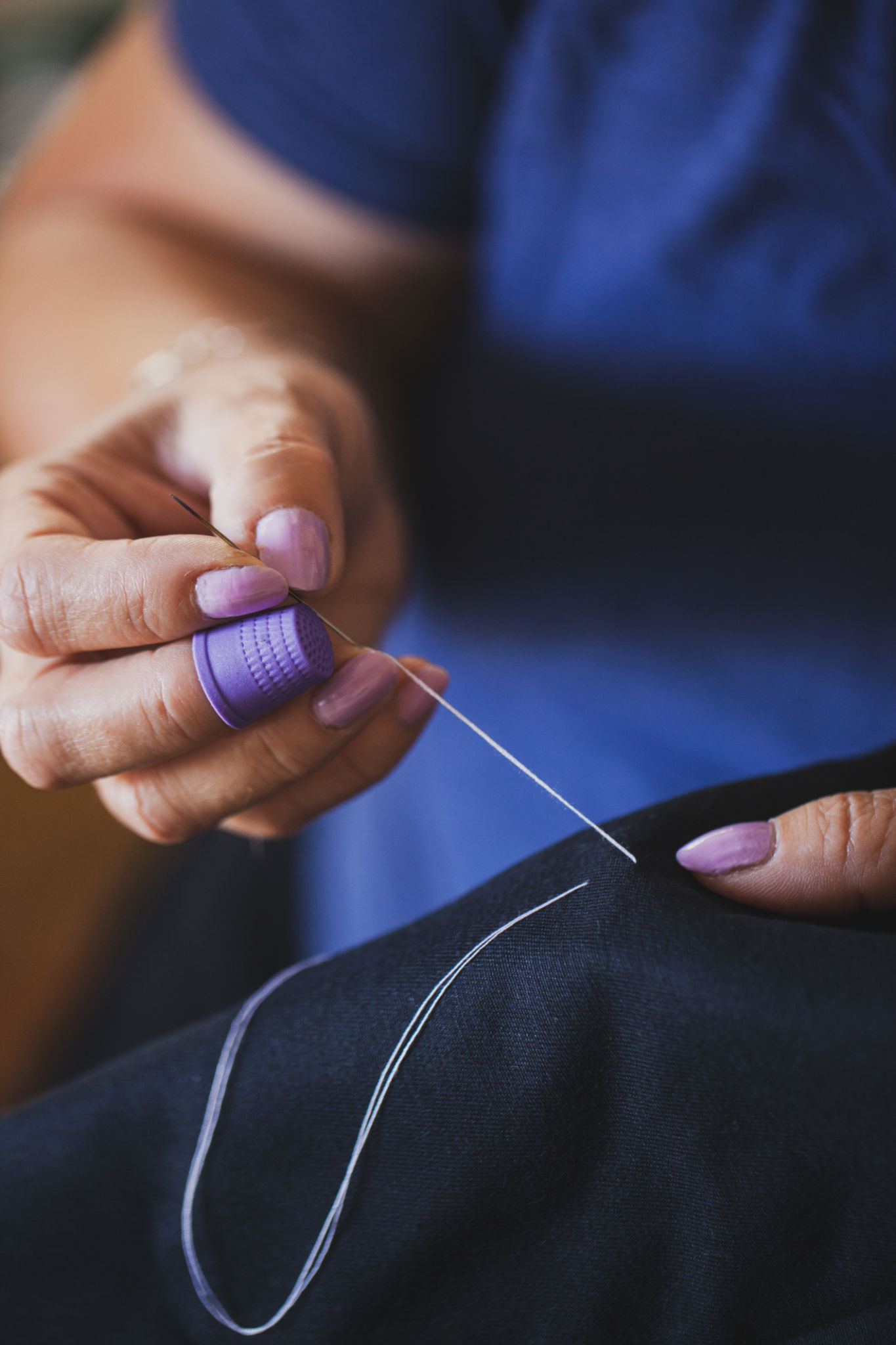A Step-by-Step Guide to Tailoring Your Own Custom Tuxedo
Introduction to Custom Tailoring
Creating your own custom tuxedo is a rewarding journey that combines traditional craftsmanship with personal style. Whether you're preparing for a wedding, a formal event, or just want to look your best, a custom tuxedo ensures you stand out from the crowd. This guide will walk you through the essential steps to tailor your own tuxedo.

Gathering Your Materials
Before you begin, it's crucial to gather the right materials. You'll need high-quality fabric, lining, interfacing, buttons, and other notions. Popular fabric choices include wool, velvet, and silk. Ensure the fabric you select matches the season and formality of the occasion.
Alongside fabric, you will need a sewing machine, measuring tape, scissors, and chalk for marking. Having a good set of tools is essential for achieving a professional finish.
Choosing the Right Pattern
Selecting a pattern is your first creative choice. Patterns can be purchased from sewing stores or online, offering a range of styles from classic to contemporary. Ensure the pattern size matches your measurements or can be easily adjusted. Taking the time to choose the right pattern sets the foundation for your tuxedo's fit and style.

Taking Accurate Measurements
Accurate measurements are the cornerstone of a well-fitting tuxedo. Key areas to measure include the chest, waist, hips, shoulders, and sleeve length. It's best to have someone assist you for precise measurements. Remember to note these down carefully, as they will guide you during the cutting and sewing process.
Adjusting the Pattern
Once you have your measurements, adjust your pattern accordingly. This might involve lengthening or shortening certain areas or adjusting the width. Customizing the pattern to your body shape ensures the tuxedo fits like a glove. If you're unsure, consider consulting a professional tailor for advice.

Cutting and Sewing
With your fabric and adjusted pattern in hand, it's time to cut. Lay the fabric flat and use chalk to outline the pattern. Carefully cut along these lines, ensuring accuracy to avoid any mishaps. As you sew, follow the pattern instructions closely, starting with the jacket and then moving to the pants.
Pay attention to details like lapels, pockets, and buttonholes. These elements add character and functionality to your tuxedo. Use interfacing to reinforce areas like the collar and cuffs, providing structure and durability.
Final Touches
As the pieces come together, try on the tuxedo to check for fit. Make any necessary adjustments to ensure comfort and aesthetics. Hem the pants and sleeves to the desired length, and sew on buttons securely. The final pressing will give your tuxedo a polished look, ready for any formal occasion.

Conclusion
Tailoring your own custom tuxedo is a meticulous yet fulfilling process. By following these steps, you can create a garment that is uniquely yours, reflecting your personal style and craftsmanship. Whether you're a seasoned tailor or a beginner, this guide provides the foundation to craft a tuxedo that stands the test of time.